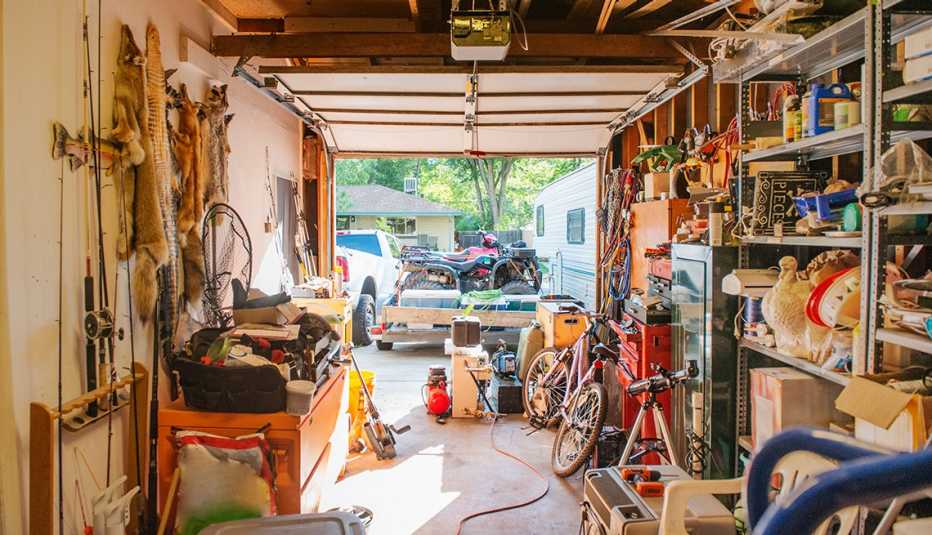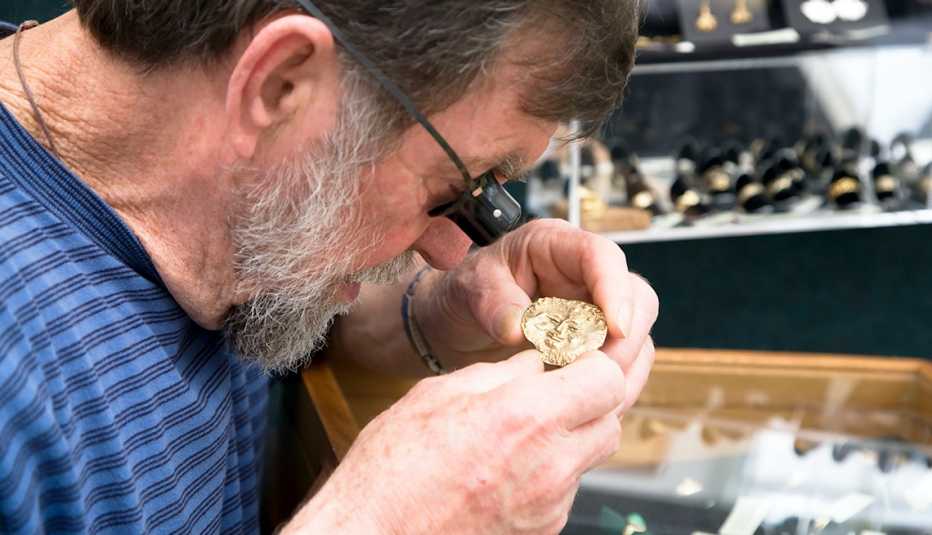Staying Fit


How do you get a fair price for old coins when you don’t know what they’re worth?
That was the question my father-in-law, Howard, and I faced last summer. He had a pile of change inherited decades ago: a 50-cent piece from 1826, a penny minted during the Civil War, a silver dollar from 1885 and six more from the 1920s. I had a $2 bill from the 1950s and some pristine John F. Kennedy half-dollars from 1964, the last year the U.S. minted silver coins for circulation. It all seemed like a potentially valuable stash. And we were both ready to sell.


AARP Membership— $12 for your first year when you sign up for Automatic Renewal
Get instant access to members-only products and hundreds of discounts, a free second membership, and a subscription to AARP the Magazine.
But we were also ignorant about coin collecting. So I volunteered to take the lead and talk to a range of coin experts—numismatists—to get their advice about valuing currency and selling it.
Fantasies of Antiques Roadshow began swimming in my head—those thrilling moments when someone says, “That little old thing you brought in? It’s worth a jillion dollars!” Here’s what I learned on my quest for knowledge … and riches.
Lesson 1: Most things are common
That sobering bit of wisdom came from Mitch Sanders, a columnist for The Numismatist, the magazine of the American Numismatic Association. You know what’s common? My lovely 1964 Kennedy half-dollars. “The mints made them in the millions. People saved them in the millions,” said Mark Schimel, New York City store manager for Stack’s Bowers Galleries, one of the biggest coin auctioneers. “They all look beautiful because people didn’t spend them.”
Lesson 2: Common things can have some extra value
Like other 20th-century half-dollars, quarters and dimes minted before 1965, my half-dollars are 90 percent silver. Even if such a coin from that era isn’t a valuable collectible, its silver content gives it a “melt value,” used by dealers as a way to value it for purchase and sale — though they won’t necessarily melt it down.
Doug Musinger, owner of Brighton Tokens & Coins in Rochester, New York, explained to me that every dollar’s worth of those pre-1965 coins contains around 0.715 ounces of silver. So one day last fall, when the metal was trading at $19.37 an ounce, a dollar’s worth of silver coins contained about $13.85 worth of silver — nearly 14 times the face value of the coins. If I had walked in that day with a handful of dimes and quarters totaling $3, Musinger said, he would have bought them for $36, or 12 times face value, leaving himself some room for profit.






































































